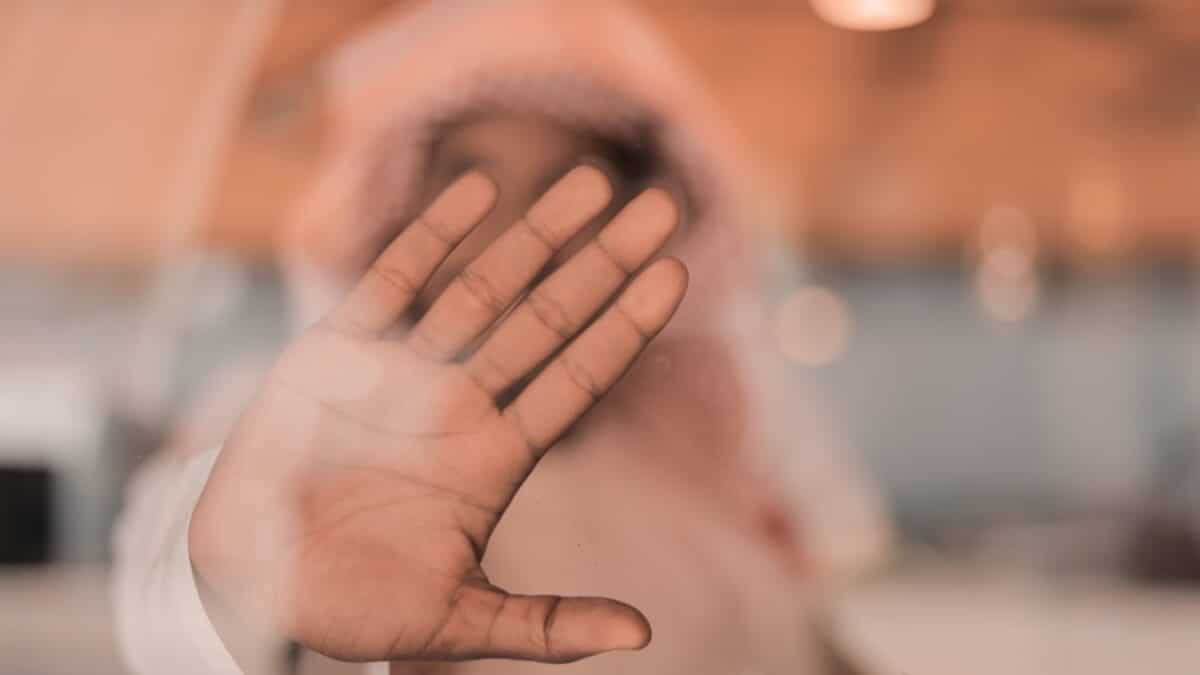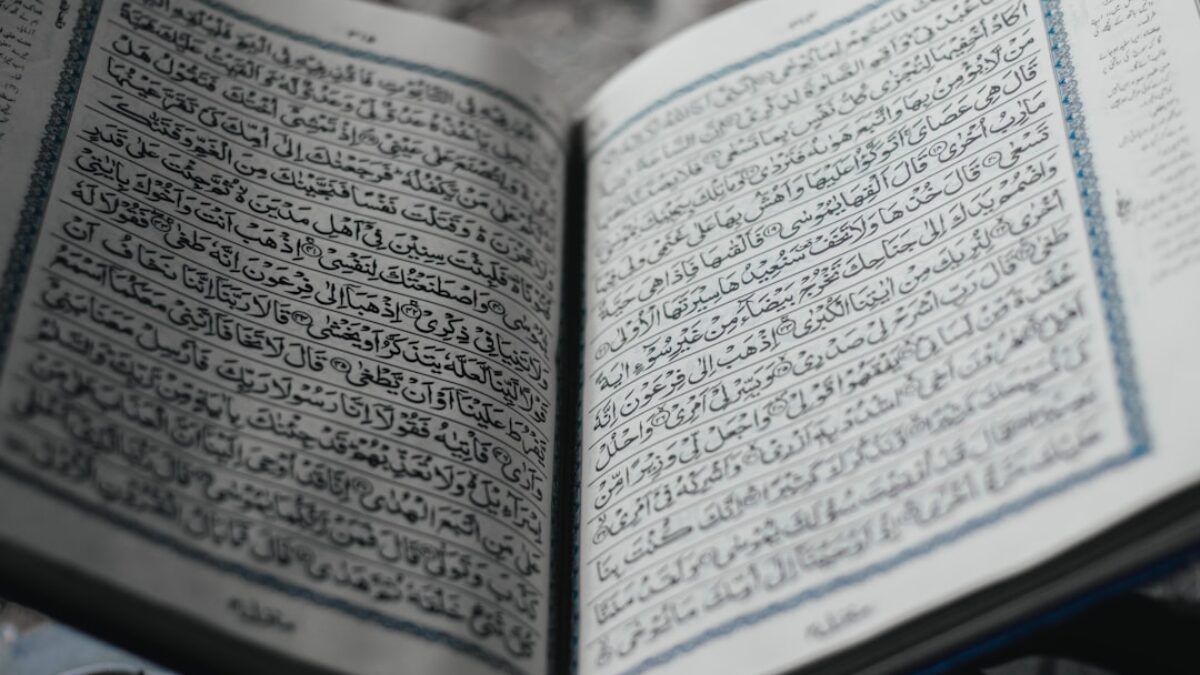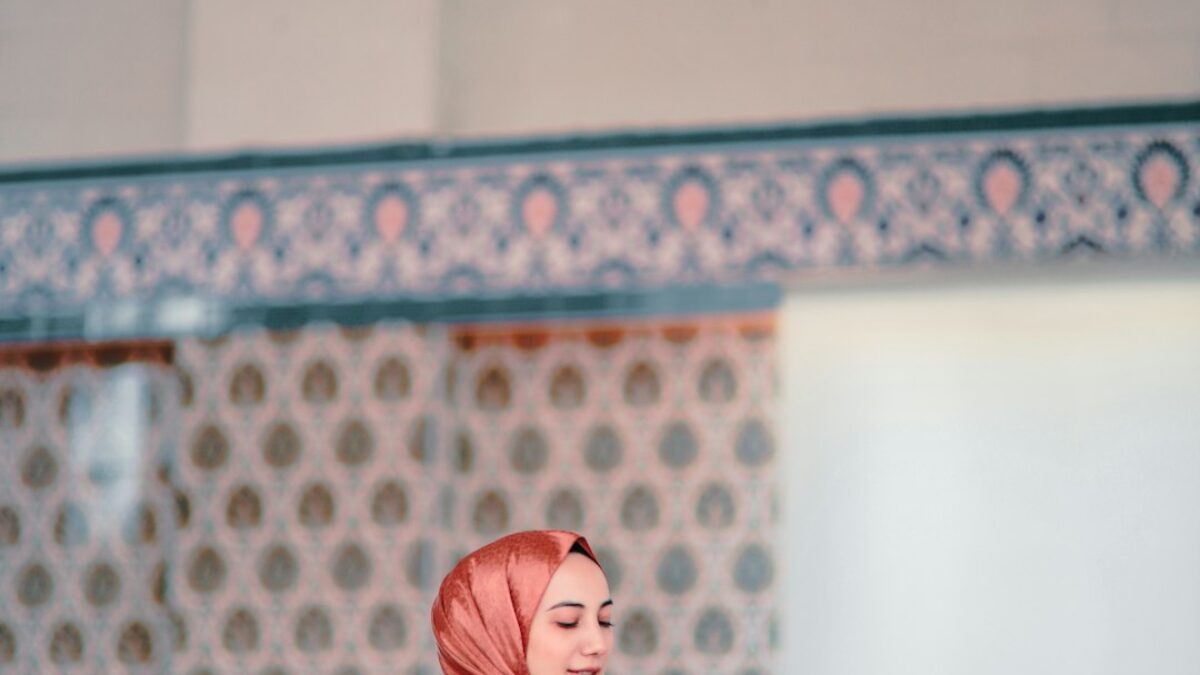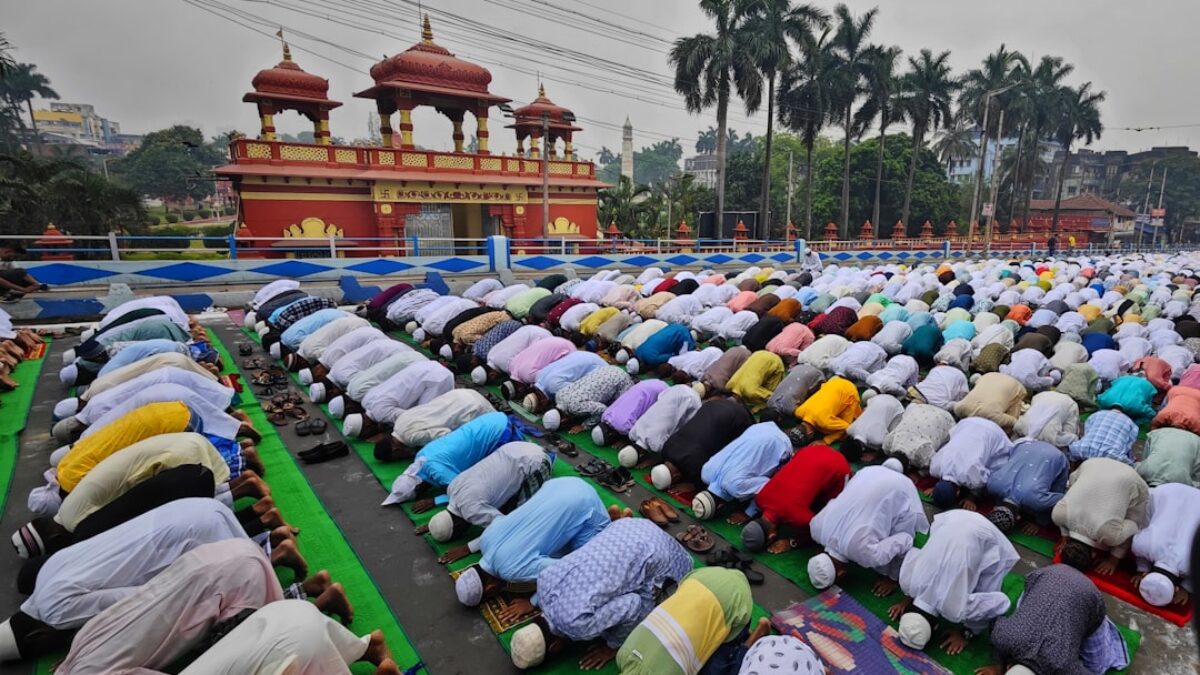Prayer (Salah) is the second pillar of Islam and the most regular act of worship a Muslim woman performs throughout her life. While the core movements and words of the five daily prayers are identical for men and women, classical jurists have clarified certain modesty-related adjustments and practical concessions that apply specifically to women. This guide walks you step-by-step through every stage of the prayer—from the moment you decide to pray until you finish the final salām—highlighting the rules, recommendations, and spiritual etiquette that ensure your Ṣalāh is valid and spiritually uplifting.
Understanding the Islamic Prayer Rules for Women
Legal Basis: Qur’ā, Sunnah, and Scholarly Consensus
The Qur’āobligates both believing men and believing women to establish prayer (“Indeed I am Allah; there is no deity except Me, so worship Me and establish prayer for My remembrance”, Ṭā-Hā 20:14). The Prophet ﷺ instructed his wives and daughters in the same words he taught male companions. Later, jurists from the Hanafi, Maliki, Shafi‘i, and Hanbali schools refined certain details based on authentic reports and the principle of maslaḥah (public welfare), especially concerning modesty and physical exertion.
Key Differences Between Men’s and Women’s Prayer
- Body positioning: Women keep their limbs closer to the body in bowing and prostration to maintain modesty.
- Voice level: Recitation in non-congregational prayer is kept subdued (sirr al-ṣawt) so that unrelated men do not hear.
- Congregational leadership: Women may lead other women in prayer, following the precedent of Umm Waraqah who led her household.
- Physical exemptions: Pregnancy, post-natal bleeding, or menstruation modify the frequency and type of prayer.
Key Components of Women’s Ṣalāh
1. Spiritual and Physical Preparation
Purification (Ṭahārah)
Before every obligatory prayer you need:
Minor ablution (Wuḍūʾ)
Intention (niyyah) Washing hands to wrists Rinsing mouth and nose Washing face Washing arms to elbows Wiping head (including ears) Washing feet to ankles Major ablution (Ghusl) after menstruation, post-natal bleeding, or sexual impurity. Clothing: Cover the entire body except face and hands. Use opaque fabric; ensure loose fit to avoid describing body contours.
Prayer Space
Choose a clean, quiet area. If at home, designate a ṣalāh corner with:
- A clean prayer mat
- Qibla compass or phone app
- Hijab and socks within reach
- Secluded from non-maḥram males
2. Intention (Niyyah)
The Prophet ﷺ said: “Actions are by intentions.” The intention is made in the heart; words are only recommended as a reminder. Example intention for Ẓuhr:
I intend to pray the four obligatory cycles (rakʿāt) of Ẓuhr for the sake of Allah, facing the Kaʿbah.
3. Adhāand Iqāmah
- Adhā: Not obligatory for women. You may whisper it softly at home if praying alone.
- Iqāmah: Optional but recommended.
4. Step-by-Step Movements
Starting Position (Takbīrat al-Iḥrām)
- Raise hands to shoulder level, palms facing forward.
- Say “Allāhu Akbar” audibly enough for yourself to hear.
- Cross right hand over left on the chest.
Opening Supplication (Duʿāʾ al-Istiftāḥ)
Recite silently:
Subḥānaka Allāhumma wa bi ḥamdika, wa tabāraka l-ismuka, wa taʿālā jadduka, wa lā ilāha ghayruka.
Taʿawwudh and Tasmiyyah
- Seek refuge: “Aʿūdhu billāhi min ash-shayṭāar-rajīm.”
- Say “Bismillāh ar-Raḥmāar-Raḥīm” before al-Fātiḥah.
Recitation of al-Fātiḥah
Recite silently (or aloud in Maghrib, ʿIshāʾ and Fajr if praying alone). End with “Āmī”.
Additional Sūrah
Choose a short sūrah or verses, e.g., Surah al-Ikhlāṣ. Recite silently.
Bowing (Rukūʿ)
- Keep feet together.
- Hold knees softly, arms close to sides.
- Say “Subḥāna Rabbiy al-ʿAẓīm” three times.
Standing after Rukūʿ (Iʿtidāl)
Rise, hands at sides, say “Samiʿa Allāhu li-man ḥamidah”, then “Rabbana wa lakal-ḥamd”.
First Prostration (Sujūd)
- Kneel, then place hands, then forehead and nose on the ground.
- Keep elbows close to body, abdomen resting on thighs.
- Say “Subḥāna Rabbiy al-Aʿlā” three times.
Sitting between Prostrations (Jalsah)
Sit upright on left foot; right foot toes remain facing forward. Say “Rabbighfir lī”.
Second Prostration
Repeat as above.
First Sitting (Tashahhud)
After two rakʿāt (or last rakʿah), sit on left hip, hand on thigh:
At-taḥiyyātu lillāhi… ila sharaf al-anbiyāʾi wa ṣiddīqī.
Salawāt on the Prophet ﷺ
Allāhumma ṣalli ʿalā Muḥammad wa ʿalā āli Muḥammad…
Final Salām
Turn head to right: “As-salāmu ʿalaykum wa raḥmatullāh”, then to left.
5. Timings and Units
| Prayer | Rakʿāt | Recommended Sunnah (before) | Recommended Sunnah (after) |
|---|---|---|---|
| Fajr | 2 | 2 | – |
| Ẓuhr | 4 | 4 (or 2) | 2 + 2 |
| ʿAṣr | 4 | 4 | – |
| Maghrib | 3 | – | 2 |
| ʿIshāʾ | 4 | 4 | 2 + Witr 3 |
Benefits and Importance
Spiritual Rewards
- Direct communication with Allah: The Prophet ﷺ described prayer as the “ascension of the believer”.
- Expiation of sins: Five daily prayers act like bathing in a river five times a day, washing away sins.
- Light in the grave: Consistent prayer becomes ūr on the Day of Judgment.
Psychological and Social Benefits
- Mindfulness: Regular intervals of focused worship reduce stress and anxiety.
- Family routine: Children raised in households with punctual Ṣalāh develop discipline.
- Community cohesion: Women’s congregational prayers strengthen neighborhood bonds.
Practical Applications
Scenario 1: Praying in a Public Space (Airport, Workplace)
- Use a portable prayer mat and direction app.
- Seek a secluded corner or empty gate.
- Wear an overhead abaya to ensure covering when putting on hijab quickly.
- If water unavailable, perform tayammum using a wall or stone.
Scenario 2: During Menstruation or Post-Natal Bleeding
Menstruating women do not pray or fast.
Record missed days in a prayer log. After bleeding ends:
Perform ghusl. Make up missed fasts but not missed prayers (majority view). Keep spiritual routine: dhikr, Qur’ālistening, duʿāʾ.
Scenario 3: Leading Other Women
- Stand in the middle of the first row, not ahead.
- Recite aloud for Fajr, Maghrib, ʿIshāʾ exactly as a male imam would.
- End with collective duʿāʾ.
Digital Tools and Resources
- Apps: Muslim Pro, iQuran, Prayer Times & Qibla
- Wearables: Smart hijabs with built-in magnets to keep fabric secure during sujūd
- Online classes: SeekersGuidance, Rabata, Qalam Institute
Frequently Asked Questions
What is the correct position of the feet for women in sujūd?
The feet point toward the qibla, with the soles facing upward, but women keep the toes curled inward so the heels touch the ground, maintaining modesty and balance.
Can a woman pray while wearing nail polish?
Traditional nail polish forms a
























Post Comment